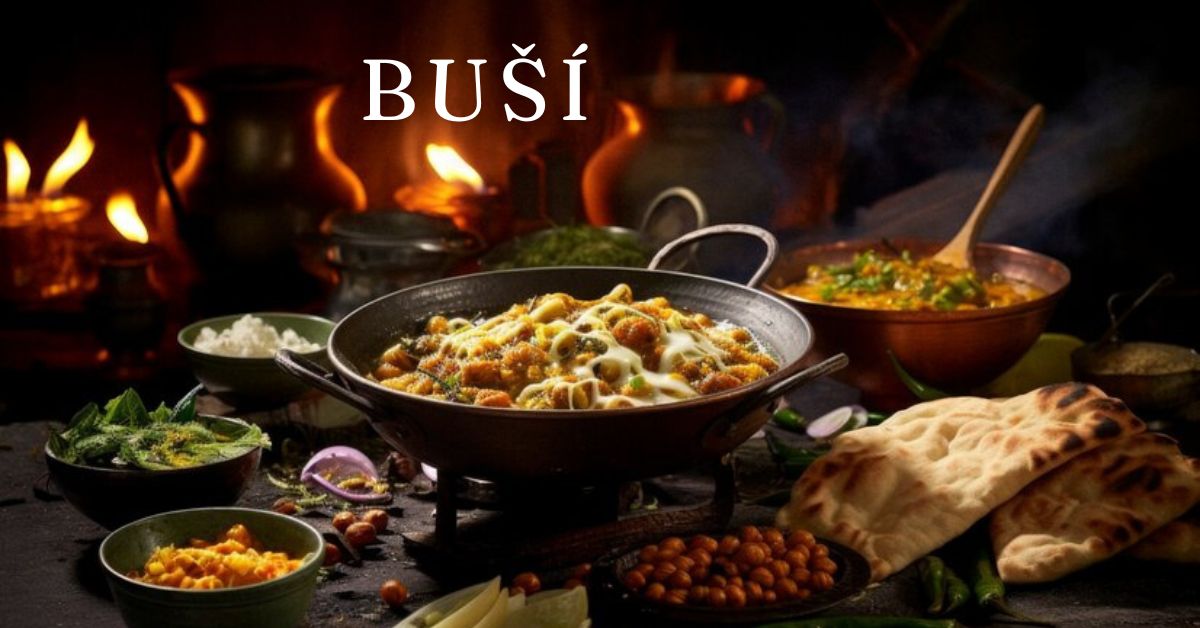Ancient Grain in a Healthy Nyt Cereal, Incorporating ancient grains into your diet, particularly in breakfast cereals, can transform your morning routine into a powerhouse of nutrition. Ancient grains are not just a passing trend; they are revered staples that have nourished humanity for centuries. With the rising popularity of health-conscious eating, these grains are making a strong comeback, offering a plethora of benefits that modern grains often lack.
The Rise of Ancient Grains in Modern Diets
In recent years, there has been a significant shift towards more holistic and traditional forms of nourishment. Ancient grains, such as quinoa, amaranth, spelt, and farro, have gained popularity due to their high nutritional content and unique health benefits. Unlike their highly processed counterparts, ancient grains are typically whole grains, meaning they retain their bran, germ, and endosperm. This makes them richer in fiber, vitamins, and minerals.
Why Choose Ancient Grains?
Ancient grains offer a variety of health benefits that are often missing from conventional grains. They are typically more nutrient-dense, providing higher levels of protein, fiber, and essential minerals such as iron, magnesium, and zinc. Moreover, many ancient grains are naturally gluten-free, making them an excellent choice for those with gluten sensitivities or celiac disease.
Nutritional Benefits of Ancient Grains
Ancient grains are packed with essential nutrients that support overall health and well-being. Here are some of the key benefits:
- High in Fiber: Fiber is crucial for digestive health, and ancient grains like barley, quinoa, and bulgur are excellent sources. A high-fiber diet can help regulate blood sugar levels, lower cholesterol, and promote a healthy digestive system.
- Rich in Protein: Protein is essential for muscle repair and growth. Grains such as quinoa and amaranth contain all nine essential amino acids, making them complete protein sources.
- Abundant in Antioxidants: Many ancient grains are rich in antioxidants, which help combat oxidative stress and reduce inflammation. For example, teff and millet are known for their high antioxidant content.
- Packed with Minerals: Ancient grains provide essential minerals such as magnesium, zinc, and iron. These minerals play vital roles in various bodily functions, including immune support, bone health, and energy production.
Read Also: From Kitchen to CravingsThe Art of Making Sweet Treats That Delight
Ancient Grain in a Healthy Cereal: What to Look For
When choosing a healthy cereal, it’s important to read the labels carefully. Here are some tips to ensure you’re selecting the best ancient grain cereal:
- Check for Whole Grains: Make sure the cereal is made from whole grains to get the full nutritional benefit.
- Watch for Added Sugars: Opt for cereals with minimal added sugars. Natural sweeteners like honey or dried fruits are preferable.
- Look for High Fiber Content: Aim for cereals that offer at least 3 grams of fiber per serving.
- Ensure Protein Content: Choose cereals that provide a good source of protein, ideally 5 grams or more per serving.
Delicious and Nutritious Ancient Grain Cereals
Integrating ancient grains into your breakfast routine can be both delicious and easy. Here are some top-rated ancient grain cereals that are not only nutritious but also incredibly tasty:
- Quinoa Flakes
Quinoa flakes are a versatile and highly nutritious option for breakfast. They cook quickly and can be used in various recipes, from porridge to granola. Rich in protein and fiber, quinoa flakes are a great way to start your day on a healthy note.
- Amaranth Cereal
Amaranth cereal offers a slightly sweet and nutty flavor. It’s packed with protein and fiber, making it an excellent choice for those looking to maintain energy levels throughout the day. Amaranth is also a good source of lysine, an amino acid that’s often lacking in other grains.
- Spelt Flakes
Spelt flakes are a fantastic alternative to traditional oats. They have a slightly nutty flavor and are high in dietary fiber and protein. Spelt is also rich in manganese, phosphorus, and vitamin B3, supporting bone health and metabolic functions.
- Farro Porridge
Farro, an ancient type of wheat, makes for a hearty and satisfying porridge. It’s high in fiber, protein, and a variety of micronutrients, including magnesium and iron. Farro’s chewy texture and nutty flavor make it a delightful addition to any breakfast menu.
- Millet Cereal
Millet is a gluten-free grain that’s rich in magnesium, phosphorus, and antioxidants. Millet cereal can be enjoyed as a hot porridge or a cold breakfast cereal. It’s a great choice for those looking to add more whole grains to their diet without gluten.
How to Incorporate Ancient Grains into Your Breakfast
Incorporating ancient grains into your breakfast routine doesn’t have to be complicated. Here are some simple and delicious ways to enjoy these nutritious grains:
Ancient Grain Breakfast Bowl
Start your day with a nourishing breakfast bowl. Combine cooked quinoa, amaranth, or farro with fresh fruits, nuts, and a drizzle of honey or maple syrup. Add a dollop of Greek yogurt for an extra protein boost.
Ancient Grain Smoothie
Blend cooked quinoa or amaranth with your favorite fruits, spinach, and a splash of almond milk to create a nutrient-packed smoothie. This is a great way to enjoy ancient grains on the go.
Ancient Grain Pancakes
Replace traditional flour with spelled or quinoa flour in your pancake recipes. These grains add a nutty flavor and boost the nutritional value of your breakfast.
Ancient Grain Granola
Make your granola using a mix of ancient grains like oats, quinoa, and millet. Add nuts, seeds, and dried fruits for a delicious and crunchy topping for yogurt or smoothie bowls.
The Environmental Impact of Ancient Grains
Apart from their health benefits, ancient grains are also known for their positive environmental impact. Many ancient grains are more resilient to harsh weather conditions and require fewer resources to grow compared to modern grains. This makes them a sustainable choice for those looking to reduce their environmental footprint.
Conclusion
Ancient Grain in a Healthy Nyt Cereal , particularly in breakfast cereals, can significantly enhance your nutritional intake and support overall health. With their high fiber, protein, and mineral content, ancient grains provide a range of health benefits that make them a valuable addition to any diet. Whether you’re looking to boost your energy levels, support digestive health, or simply enjoy a more nutritious breakfast, ancient grain cereals are a fantastic choice.
FAQs
What are ancient grains?
Ancient grains are grains that have remained largely unchanged over the last several hundred years. Examples include quinoa, amaranth, spelt, and farro.
Why are ancient grains considered healthier?
Ancient grains are typically whole grains, meaning they retain their bran, germ, and endosperm, making them richer in fiber, vitamins, and minerals compared to processed grains.
Are ancient grains gluten-free?
Many ancient grains are naturally gluten-free, such as quinoa, amaranth, and millet. However, some, like spelled and farro, do contain gluten.
How can I incorporate ancient grains into my breakfast?
You can incorporate ancient grains into your breakfast by using them in cereals, porridge, smoothies, pancakes, and granola.
What is the environmental impact of ancient grains?
Ancient grains often require fewer resources to grow and are more resilient to harsh weather conditions, making them a more sustainable choice compared to modern grains.
Where can I buy ancient grain cereals?
Ancient grain cereals are available at most health food stores, supermarkets, and online retailers. Look for brands that prioritize whole grains and minimal added sugars.











